
The First Boer War, was fought from 16 December 1880 until 23 March 1881 between the United Kingdom and Boers of the Transvaal. The war resulted in a Boer victory and eventual independence of the South African Republic. The war is also known as the First Anglo–Boer War, the Transvaal War or the Transvaal Rebellion.

The Battle of Majuba Hill on 27 February 1881 was the final and decisive battle of the First Boer War that was a resounding victory for the Boers. The British Major General Sir George Pomeroy Colley occupied the summit of the hill on the night of 26–27 February 1881. Colley's motive for occupying Majuba Hill, near Volksrust, now in South Africa, may have been anxiety that the Boers would soon occupy it themselves, since he had witnessed their trenches being dug in the direction of the hill.
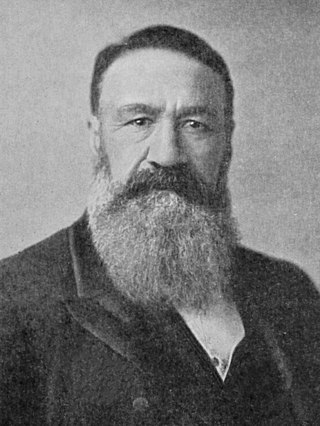
Petrus Jacobus Joubert, better known as Piet Joubert, was Commandant-General of the South African Republic from 1880 to 1900. He also served as Vice-President to Paul Kruger from 1881 - 1883. He served in First Boer War, Second Boer War, and the Malaboch War.

Alan Richard Hill later Hill-Walker, VC was an English recipient of the Victoria Cross, the highest and most prestigious award for gallantry in the face of the enemy that can be awarded to British and Commonwealth forces. He won the VC for his actions on 28 January 1881 at the Battle of Laing's Nek during the First Boer War.
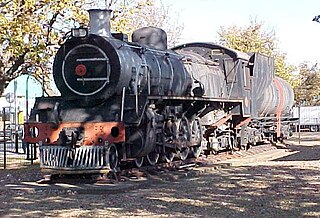
Volksrust is a town in the Mpumalanga province of South Africa near the KwaZulu-Natal provincial border, some 240 km southeast of Johannesburg, 53 km north of Newcastle and 80 km southeast of Standerton.
The following lists events that happened during 1881 in South Africa.
The following lists events that happened during 1900 in South Africa.

Battle of Schuinshoogte, also known as Battle of Ingogo, was fought north of Newcastle, KwaZulu-Natal, on 8 February 1881 during the First Boer War. General Sir George Pomeroy Colley's communications with Newcastle were under constant harassment by mounted Boer patrols under Commander J D Weilbach after the Battle of Laing's Nek and as a result he planned to clear a path along the Newcastle-Mount Prospect road to better protect the British supply line, and receive fresh reinforcements he needed to bolster his ranks.

The Battle of Laing's Nek was a major battle fought at Laing's Nek during the First Boer War on 28 January 1881.
Louis Botha Avenue is a major street in Johannesburg, South Africa. Originally part of the main road between central Johannesburg and Pretoria, it runs along through the north-eastern parts of the city from Hillbrow to Sandton, passing through numerous older suburbs, including Houghton and Orange Grove, before it becomes the Pretoria Main Road (R101) which passes the Alexandra Township and continues to Midrand and Pretoria.

The 155 mm CreusotLong Tom was a French siege gun manufactured by Schneider et Cie in Le Creusot, France and used by the Boers in the Second Boer War as field guns.

When the Second Boer War broke out on 11 October 1899, the Boers had a numeric superiority within Southern Africa. They quickly invaded the British territory and laid siege to Ladysmith, Kimberley and Mafeking. Britain meanwhile transported thousands of troops both from the United Kingdom itself and from elsewhere in the Empire and by the time the siege of Ladysmith had been lifted, had a huge numeric superiority.

Cookhouse is a small village located in Eastern Cape province, South Africa, some 170 kilometres (110 mi) north of Port Elizabeth and 24 kilometres (15 mi) east of Somerset East, on the west bank of the Great Fish River.
The Slachter's Nek Rebellion was an uprising by Boers in 1815 on the eastern border of the Cape Colony.
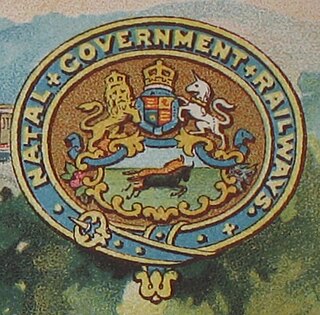
The Natal Government Railways (NGR) was formed in January 1877 in the Colony of Natal.

Robert Hamond Elwes was a Lieutenant in the Grenadier Guards famous for having died valiantly at the Battle of Laing's Nek, South Africa as immortalized in Elizabeth Thompson's painting, "Floreat Etona!" (1898).
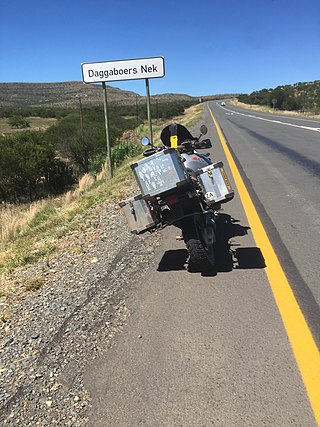
Daggaboers Nek Pass, also known simply as Daggaboers Nek, is situated in the Eastern Cape province of South Africa, on the N10 national route, between Cookhouse and Cradock. The tarred pass has a northern and southern approach, with double lanes on both ascents.
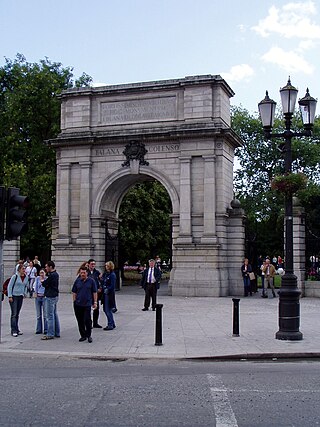
The Fusiliers' Arch is a monument which forms part of the Grafton Street entrance to St Stephen's Green park, in Dublin, Ireland. Erected in 1907, it was dedicated to the officers, non-commissioned officers and enlisted men of the Royal Dublin Fusiliers who fought and died in the Second Boer War (1899–1902).

Christiaan Botha was a younger brother of Louis Botha (1862–1919) and Philip Botha (1851-1901), but an older brother of Theunis Jacobus Botha (1867-1930), and likewise a Boer general in the Second Boer War (1899–1902) who then both fought the British to the end.















